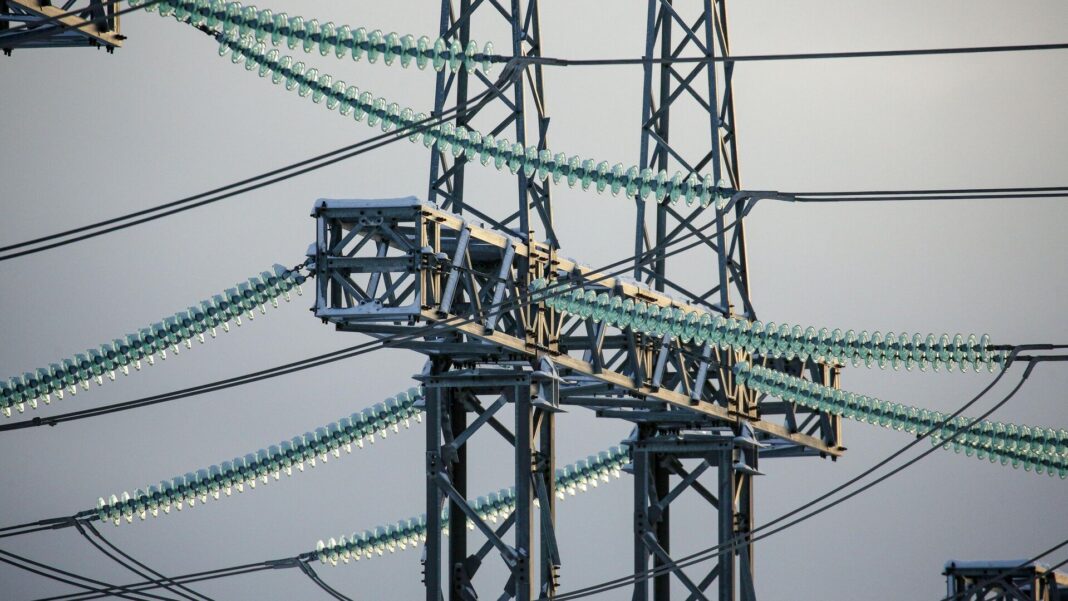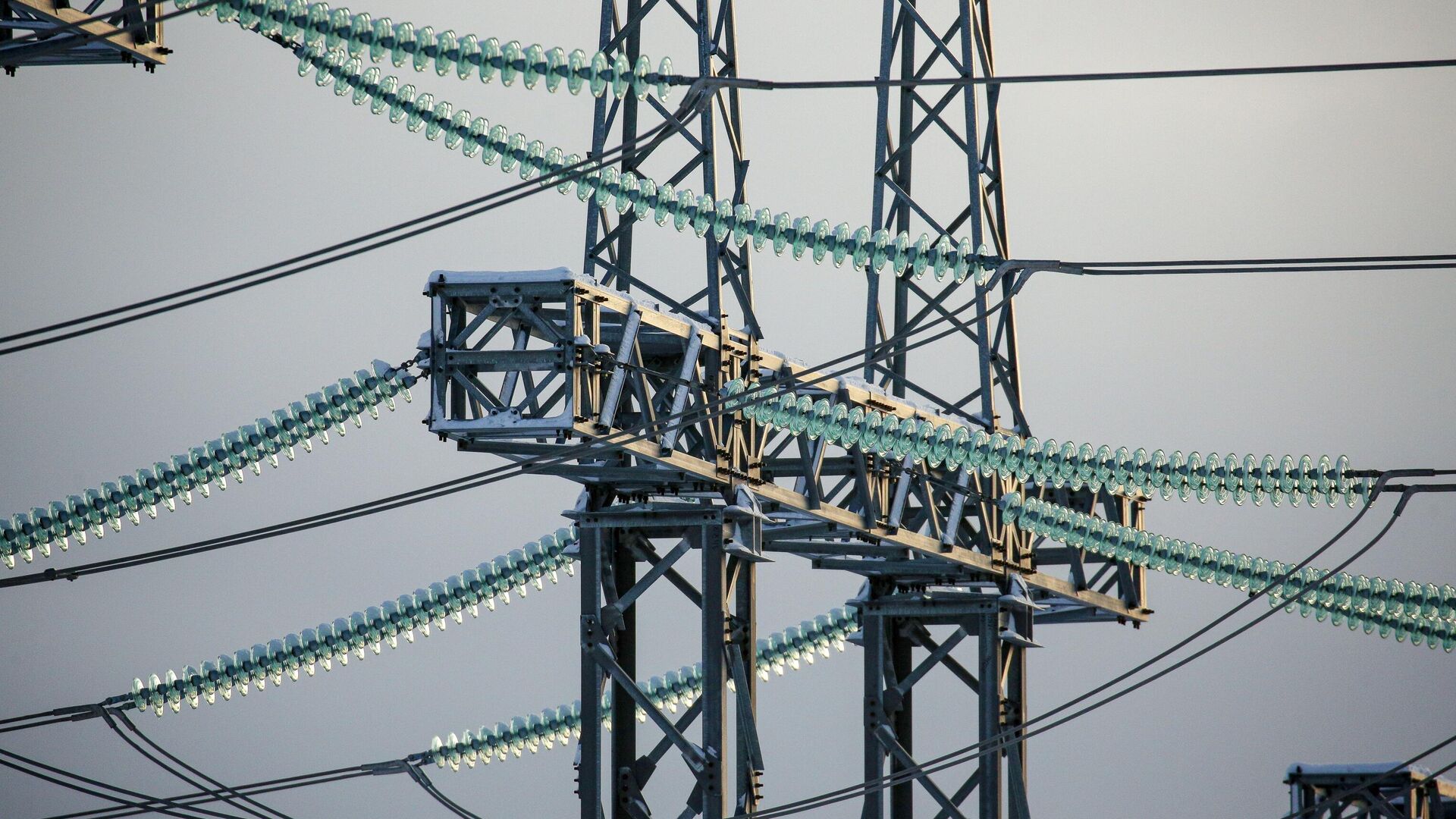
MOSCOW, July 19The hot weather that has established itself in a number of regions of the Russian Federation is testing the strength of the energy system. A new wave of maximum power consumption has swept across the regions; a record increase in energy consumption is observed in the south of Russia. The “UES System Operator” (SO UES, energy dispatcher) has to introduce time schedules for limiting power supply. Why they are needed and how the decision about their need is made — in the material.
Prevent mass outages
In July 2024, the maximum power consumption in the Russian energy system increased by 7.1 GW compared to July last year. Record growth is observed in the south of the Russian Federation — there, energy consumption in July compared to June increased by 1.9 GW, the System Operator reported. 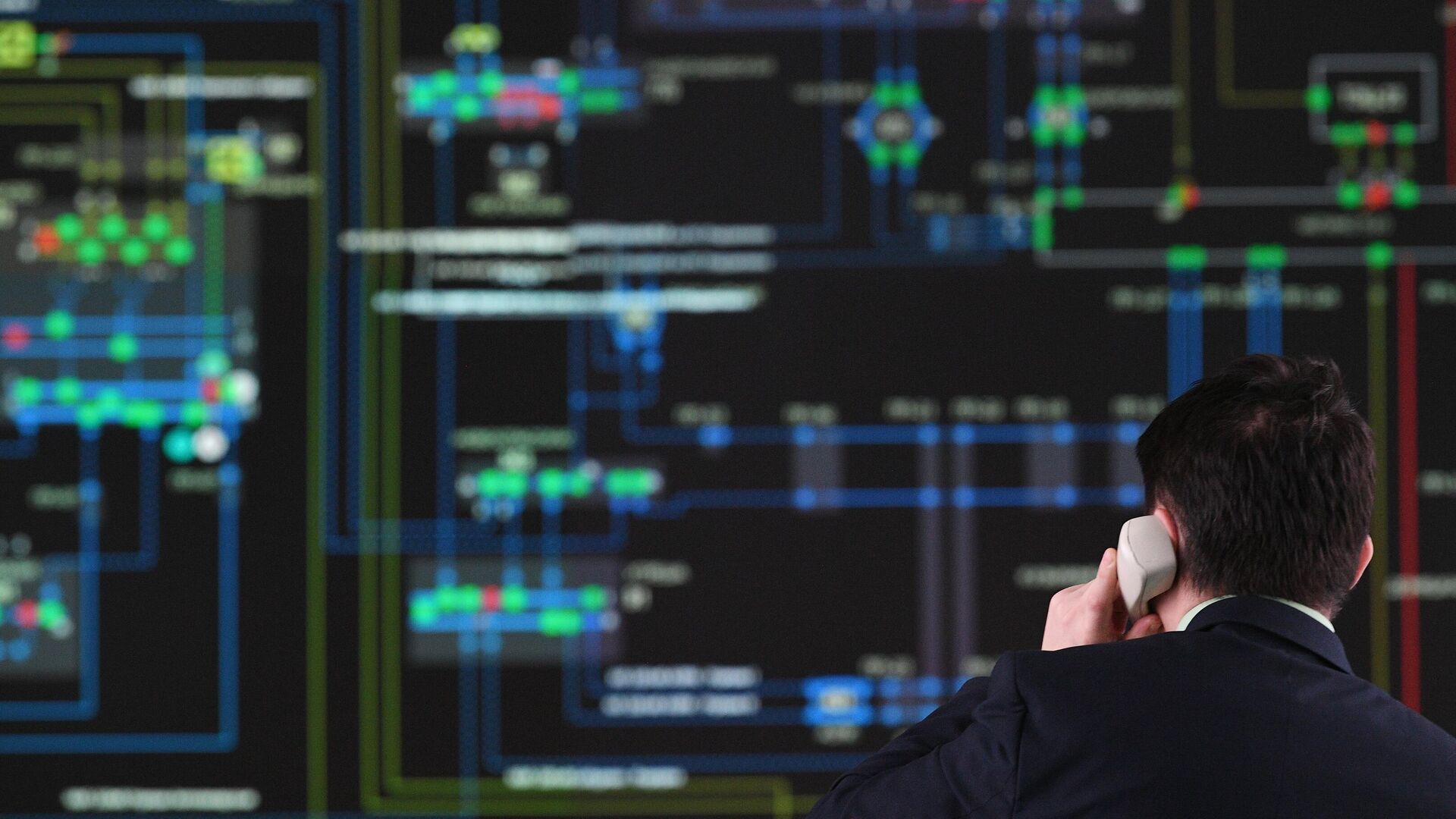
A significant increase in energy consumption is caused by hot weather and the high tourist season. Deputy Minister of Energy of the Russian Federation Evgeny Grabchak reported earlier in the week that a situation had occurred in the energy system when, for the first time in the history of its existence, the summer maximum consumption exceeded the traditional winter one. According to him, this suggests that the energy system is now at its limit.
Against the background of increased loads, outages occur at power facilities. Thus, in July, in the Rostov region, the power unit of the Novocherkassk State District Power Plant of the OGK-2 company was turned off, and later the power unit of the Rostov NPP of Rosenergoatom, and accidents occurred on power lines. 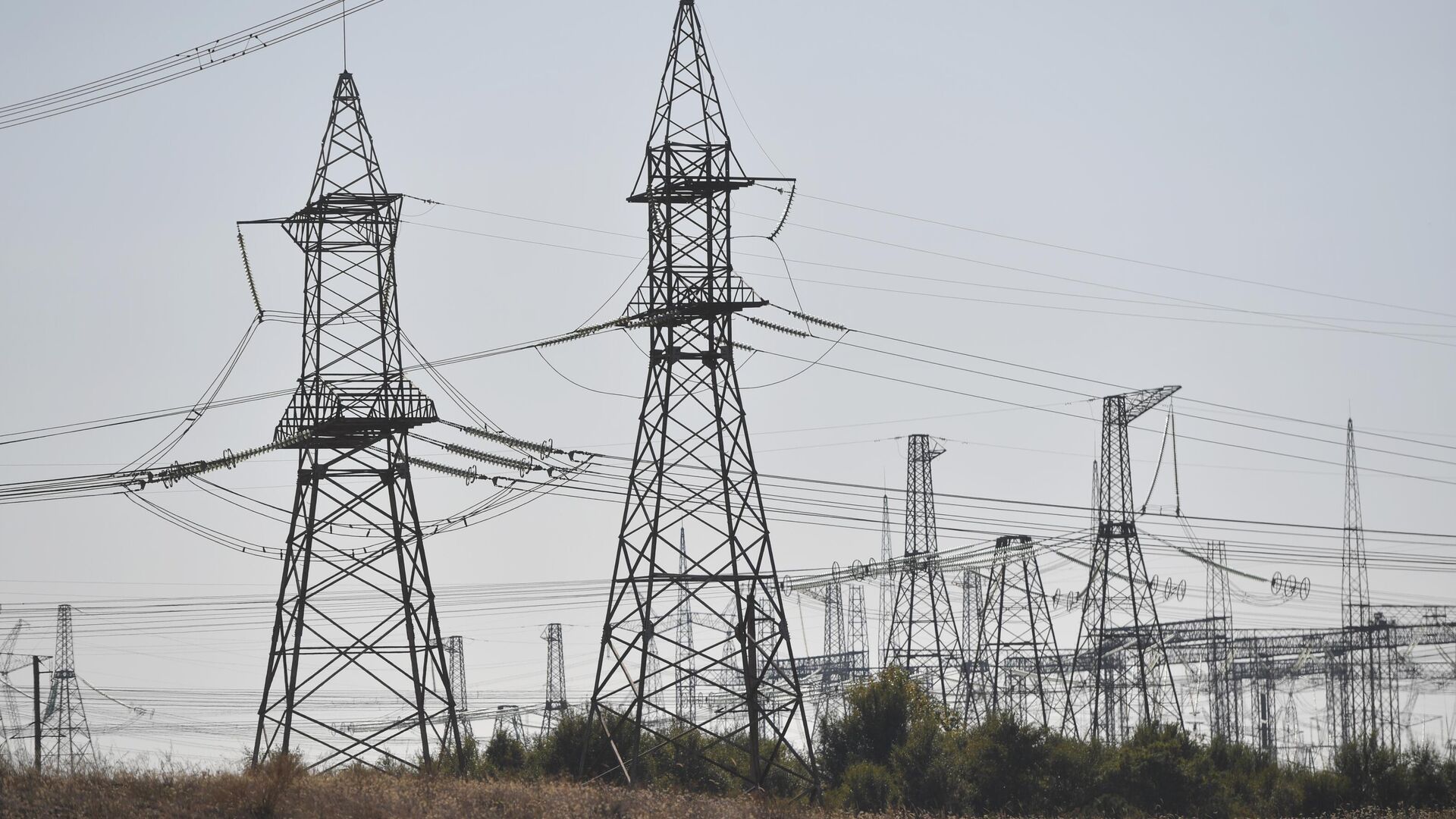
In order to maintain the stability of the energy system, the System Operator has to introduce temporary restrictions on energy supply. The main task against the backdrop of extremely high consumption and emergency shutdowns of generation is to prevent the development of system accidents and, as a consequence, uncontrolled mass shutdowns of consumers, they explained.
In addition to the Rostov region, temporary shutdown schedules affected Crimea, Kuban, Stavropol, Sochi, Kabardino-Balkaria, Pyatigorsk and its environs, and North Ossetia. At the same time, the situation with electricity supply in the south of the country remains tense, states the System Operator.
Strategic planning
As residents of the southern regions themselves admit, temporary restrictions on energy supply are not uncommon for them. It would seem, why can’t we prepare in advance for consumption peaks, so that if necessary, we can launch a spare power unit, rather than turning off the lights in our homes?
“Electricity is a commodity that cannot be produced into a warehouse. It must be produced exactly as much as it is consumed. With a sharp increase in consumption, it is also necessary to sharply increase production, and this means finding generation within reasonable availability of networks, which for some reason did not generate before this, and launch it. It is clear that no one will just build power plants waiting for their “finest hour.” There is a need for clear planning for the development of the energy system in relation to changes in energy consumers, which is difficult to predict,” said the CEO and founder of the engineering company. Uralenergotel» Alexey Belsky.
«System Operator» is engaged in long-term planning of development in the electric power industry. Now he is preparing a General Scheme for the placement of energy facilities for the period until 2042. After its approval, the Ministry of Energy will stimulate the construction of new capacities and networks, but this will take years, while an accident can happen every second. In order for the power system to operate stably, it must be monitored every second. 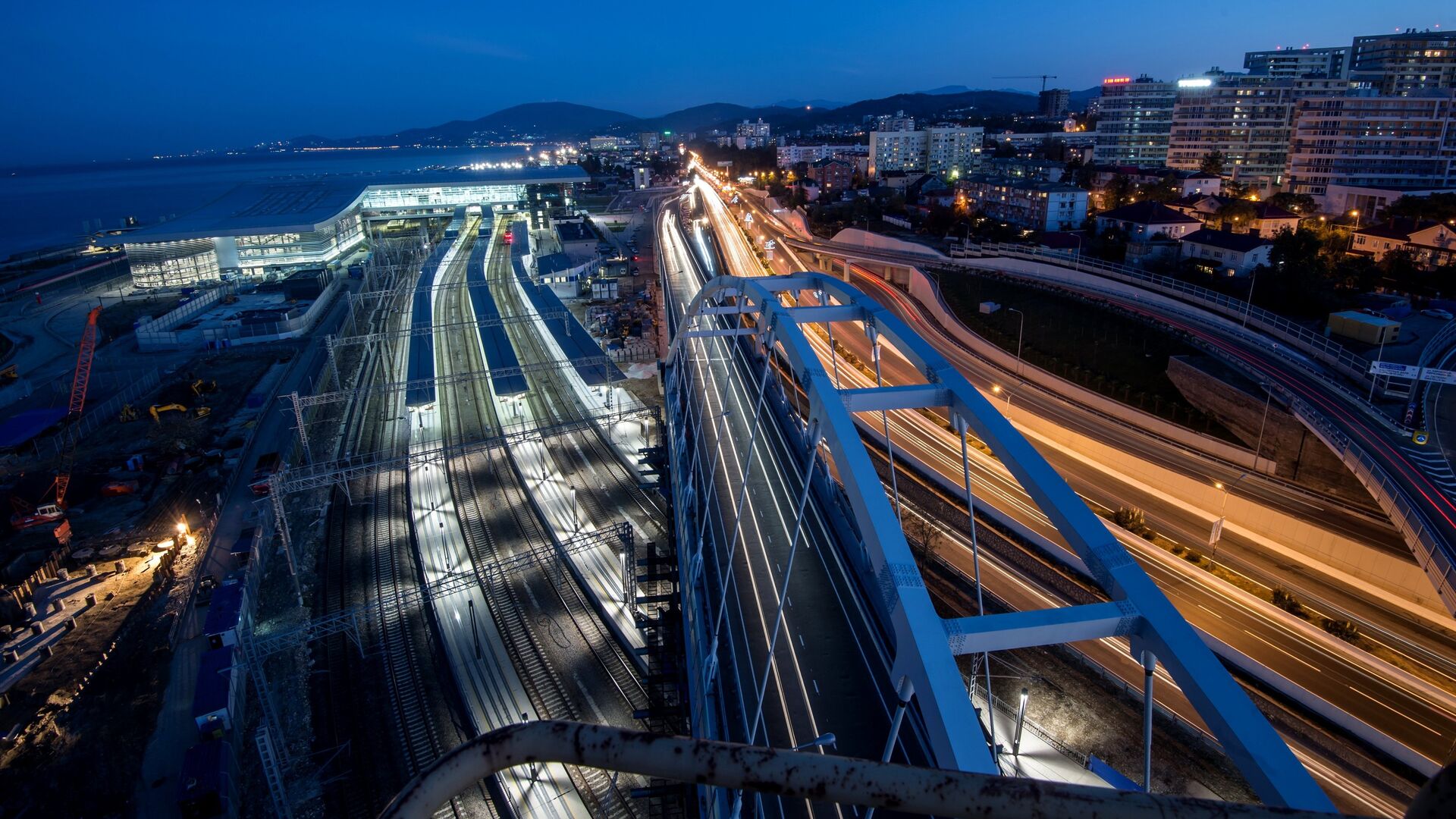
Continuous control
Daily clear operational dispatch control of the power system is the work of dispatchers and the ASDU system — an automated dispatch control system.
The «System Operator» employs dispatchers who individually carry out operational dispatch control of the Russian energy system. Electric networks and generation facilities, as well as large consumers, also have their own dispatchers. 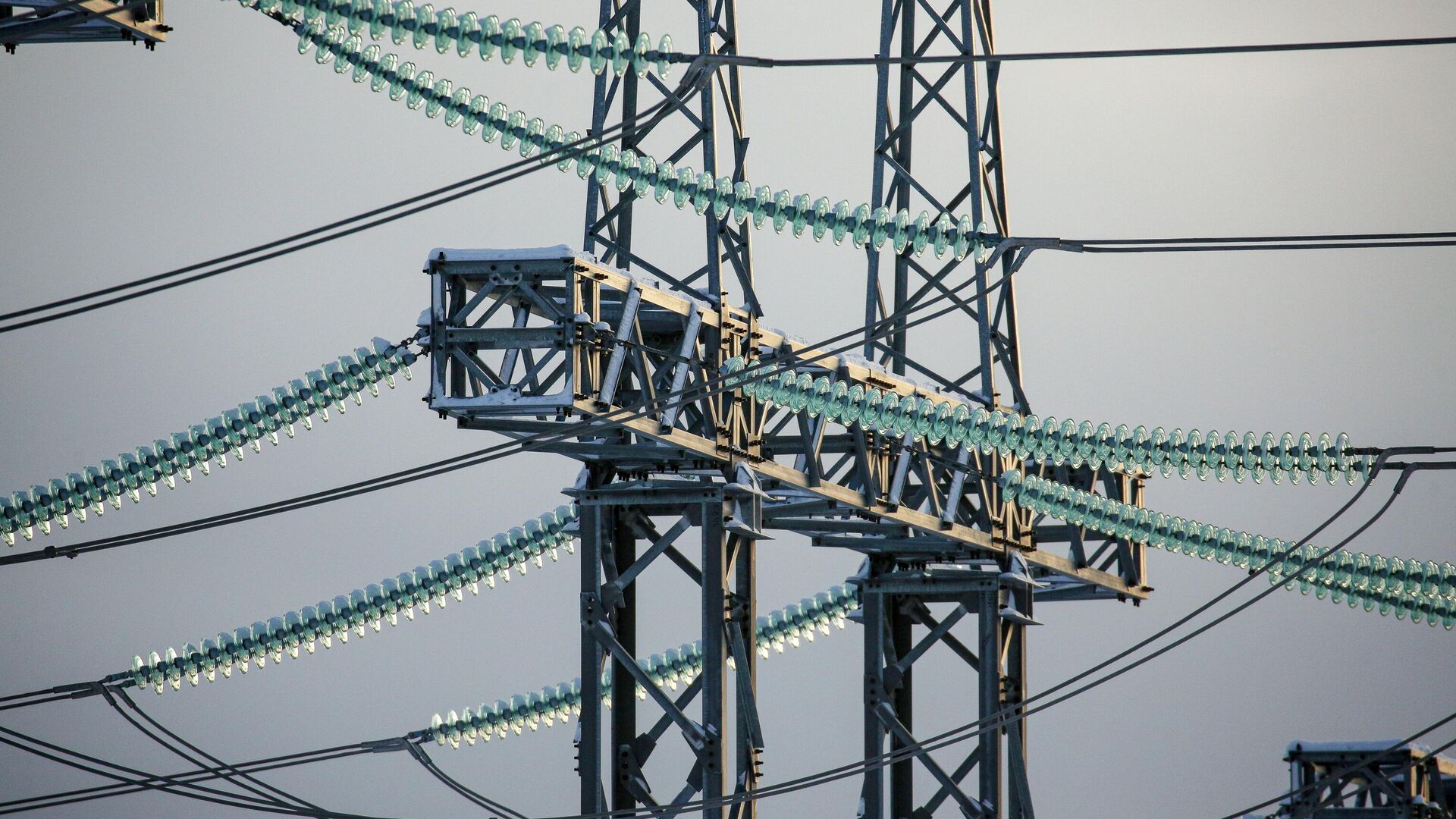
ADCS is a modern digital complex that should be in any large system. Technically, the system technically consists of three levels, explains the general director of Uralenergotela. The upper one is a dispatch center where a powerful IT infrastructure and dedicated secure communication channels are organized to each controlled energy facility. The middle level of the system is object level. This is the collection of information from sensors and local control of an energy facility. The lower level includes sensors, meters, wires, multifunctional converters, cables, local networks, that is, everything that is necessary for reliable, comprehensive collection of equipment operating parameters.
Moment of overload
High-speed collection of information allows you to notice changes in the power system before an accident. For this purpose, the subsystems SSPTI (collection and transmission of technological information) and SOTI (system for the exchange of technological information, usually with a system operator) are used.
Next, according to the expert, the power system modes are calculated and specific actions follow. If we are talking about generation — turn on gas (steam), turn on an additional power unit, units from reserve, about main networks (high voltage networks, used for transit transmission of electricity) — as a last resort — turn off the line to prevent the shutdown of something larger . If we are talking about regional networks, disconnect specific sections or consumers that the system “does not remove.”
Relay protection and automation systems operate in parallel. “Their task is to make an inhumane decision to turn off equipment or a line when certain parameters are reached. If the protections do not work, the main equipment will fail and there will be nothing to “restart”,” sums up Belsky.


